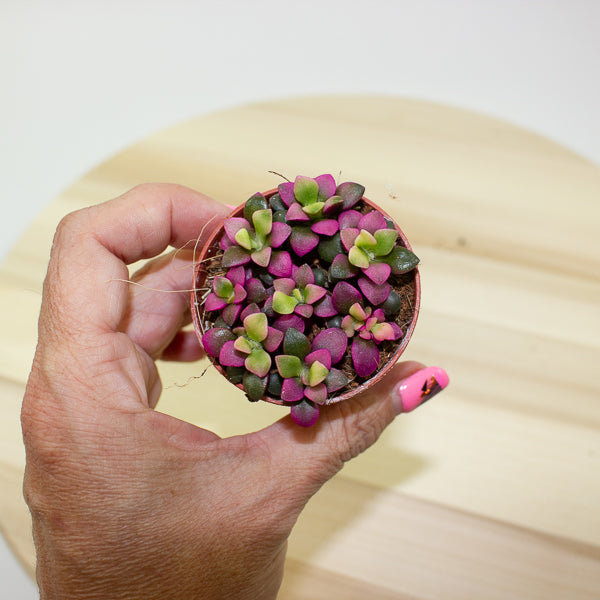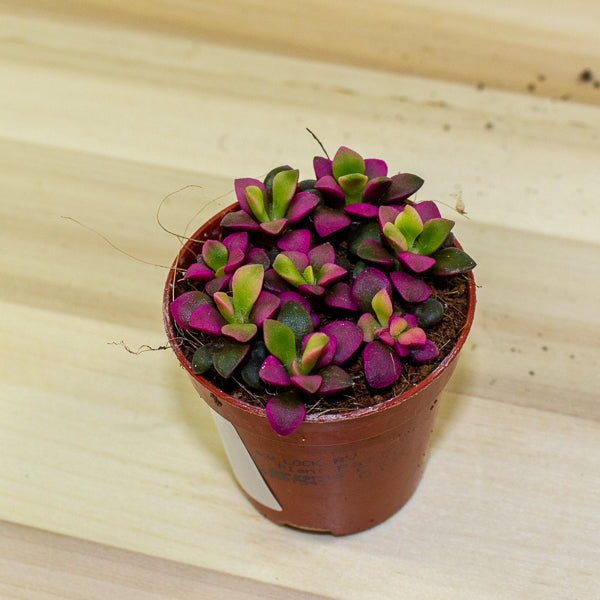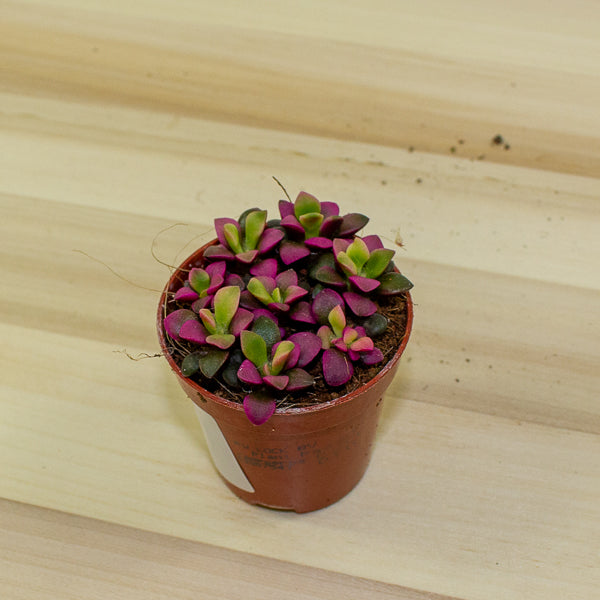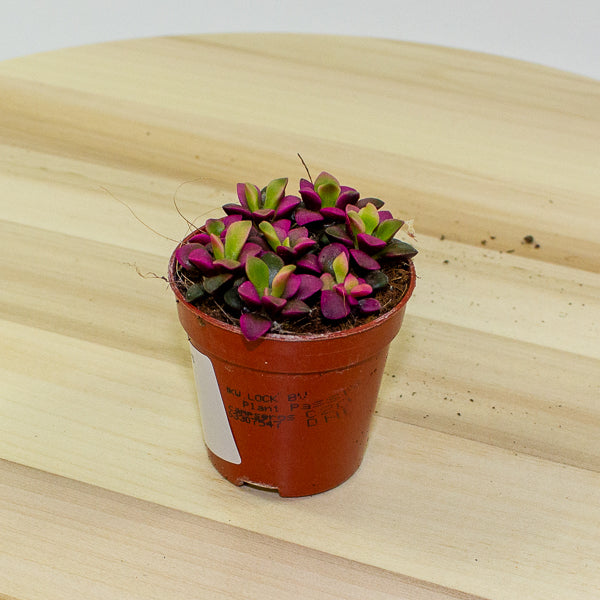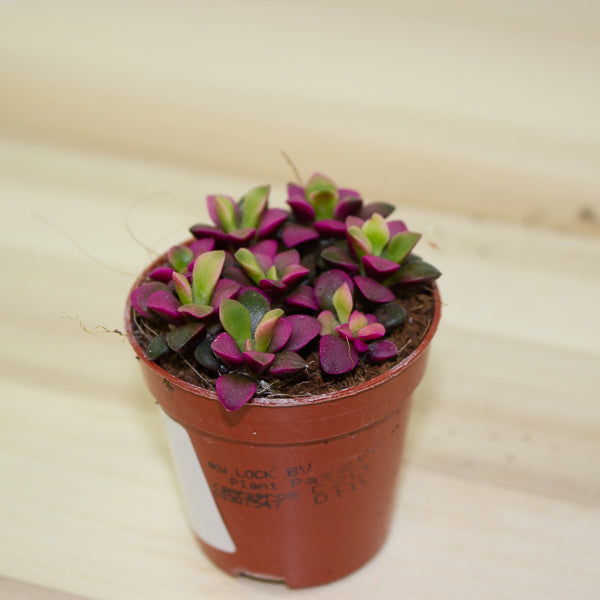1
/
of
5
Emm's Plant House
Sedum anacampseros 5.5cm H10cm
Sedum anacampseros 5.5cm H10cm
Regular price
£5.00 GBP
Regular price
Sale price
£5.00 GBP
Unit price
/
per
Taxes included.
Couldn't load pickup availability
Sedum anacampseros, commonly known as the 'Anacampseros Stonecrop,' is a unique and attractive succulent native to Southern Africa. This low-growing plant features thick, fleshy, cylindrical leaves that range from green to purple, depending on the light and growing conditions. Known for its drought tolerance and compact form, Sedum anacampseros makes a great addition to rock gardens, containers, and hanging baskets, as well as for ground cover in sunny, well-draining areas.
- Full Botanical Name: Sedum anacampseros
- Common Names: Anacampseros Stonecrop
- Country and/or Region of Origin: Native to Southern Africa
- Growing Conditions in Native Habitat: Grows in dry, rocky regions with well-draining soils, thriving in areas with little rainfall and moderate temperatures.
Care Guide
Care Guide
Share
